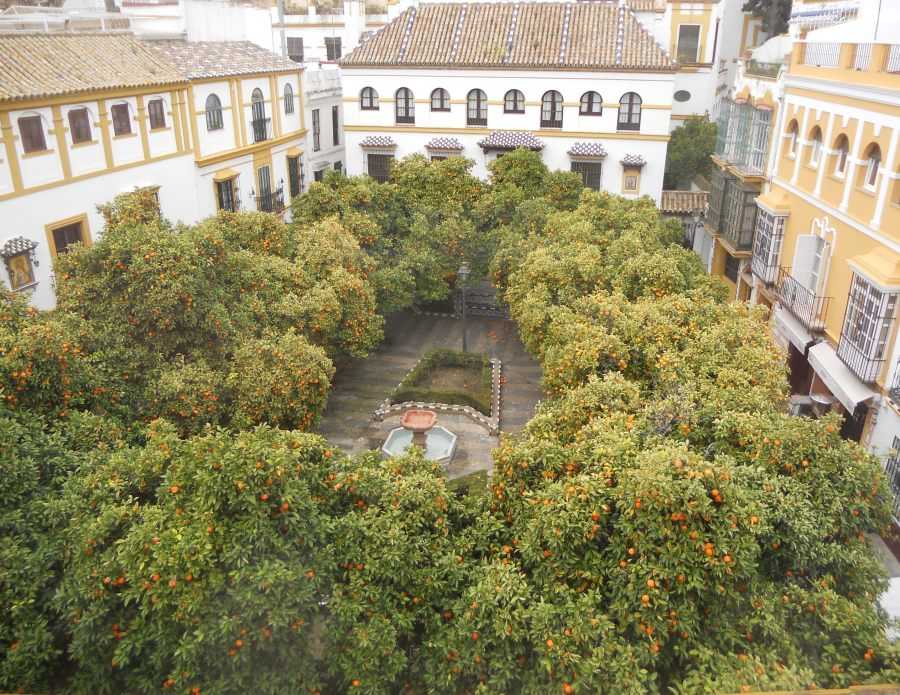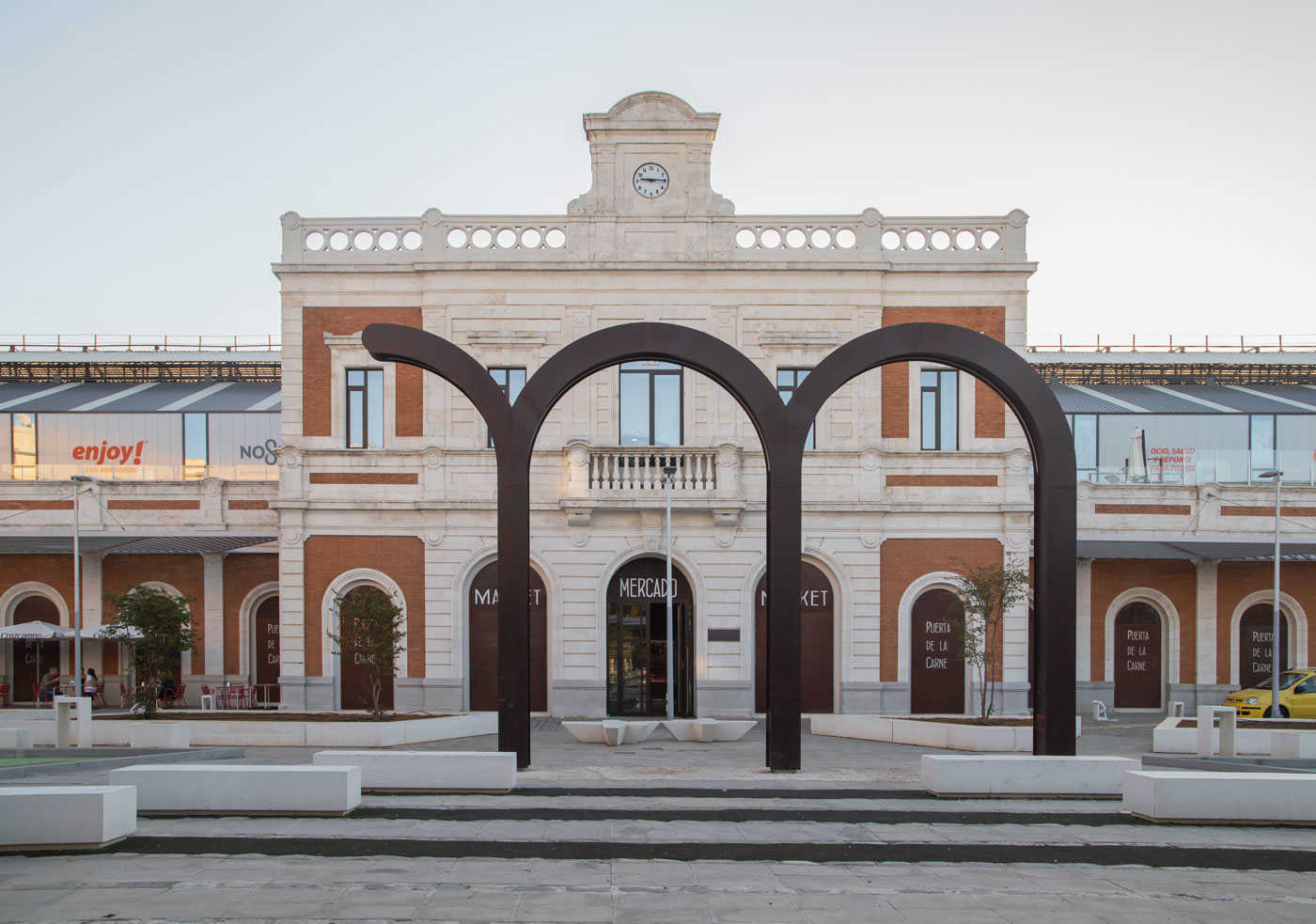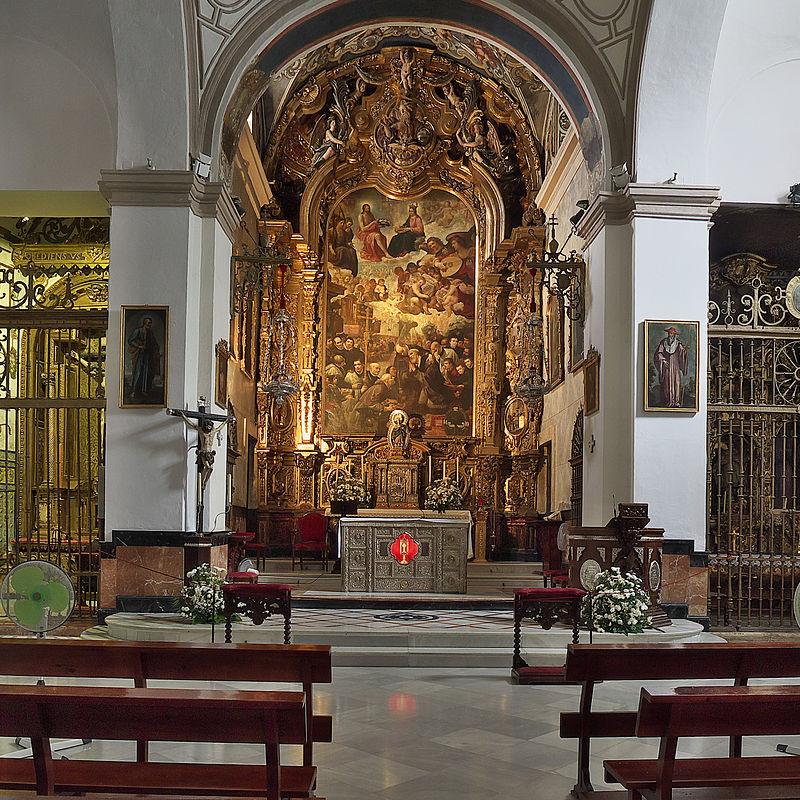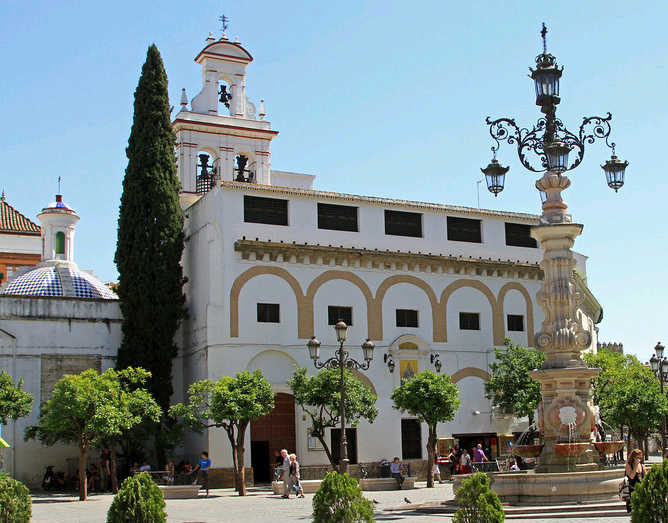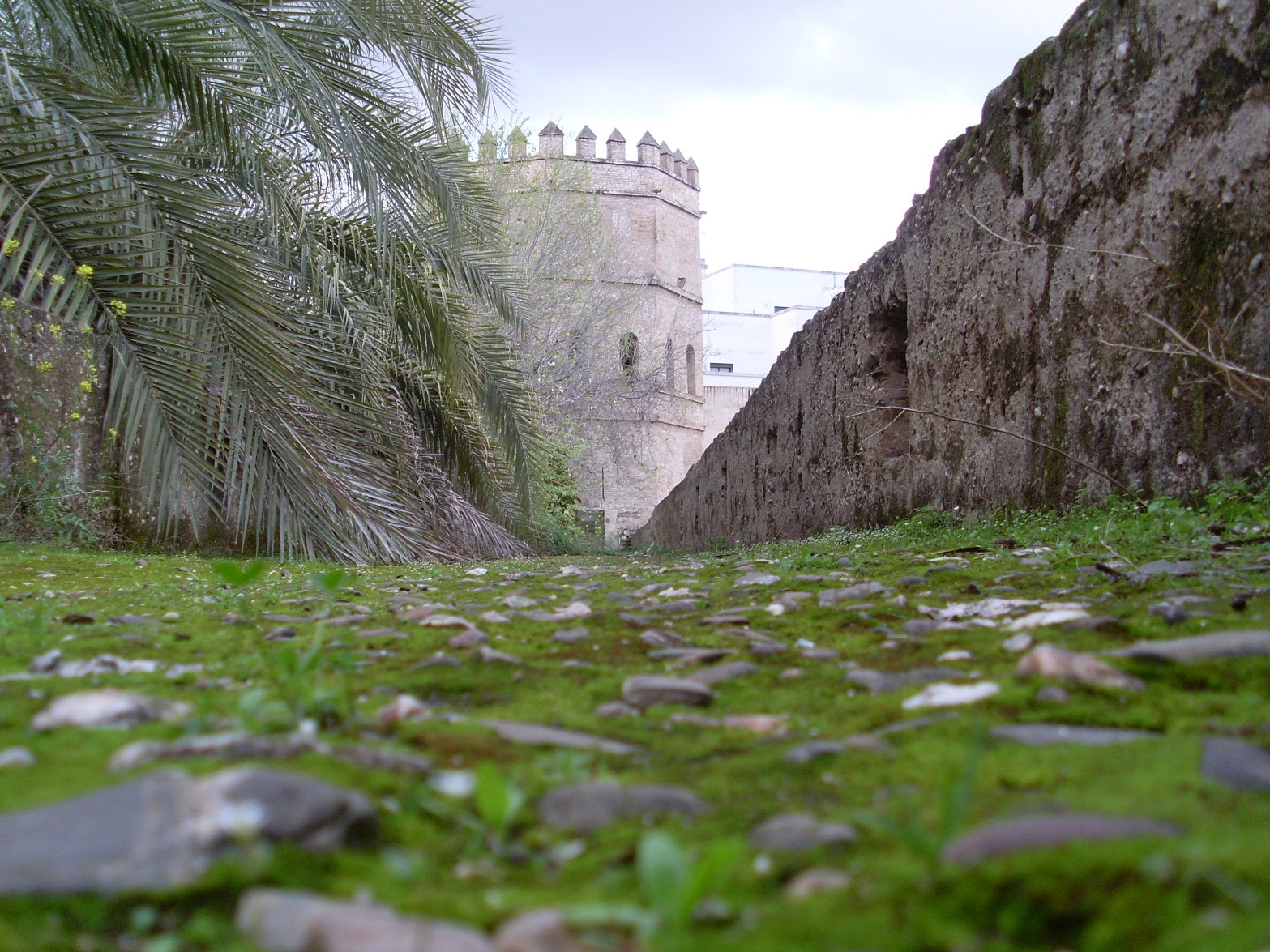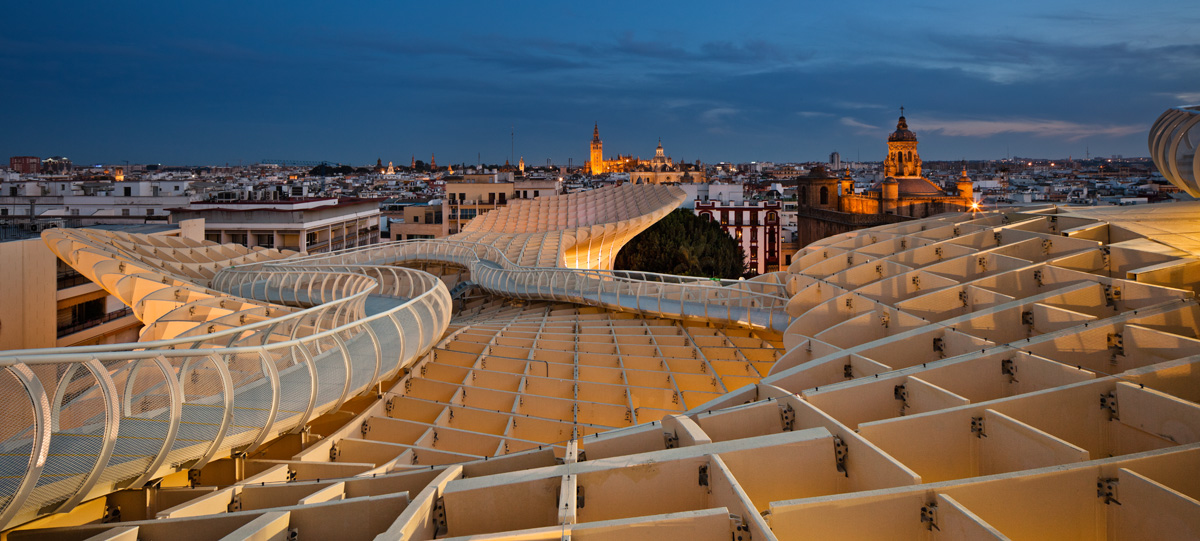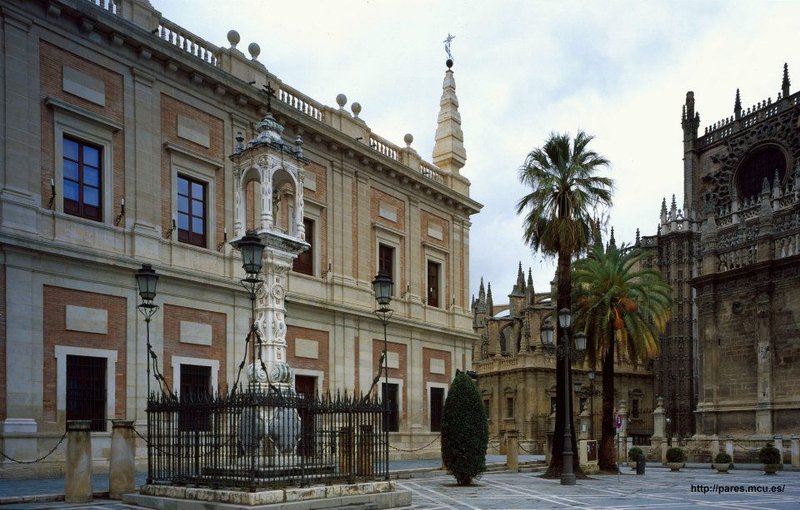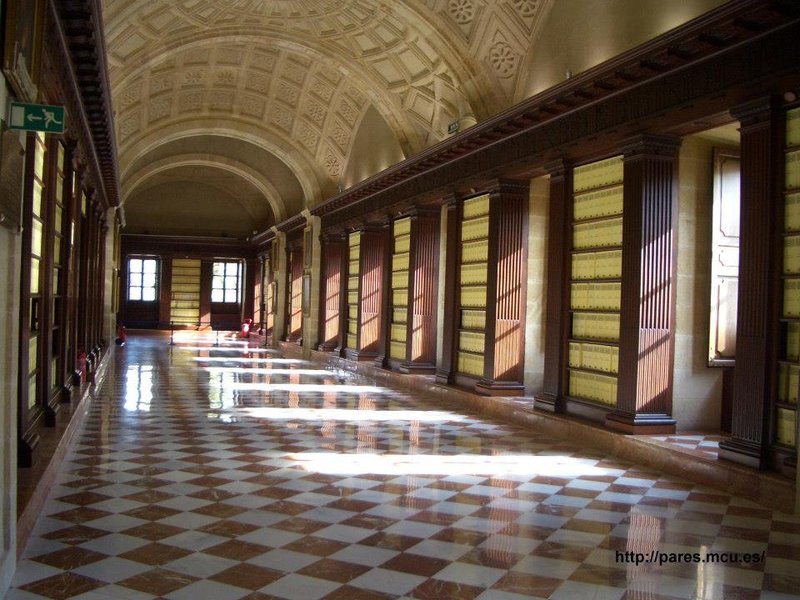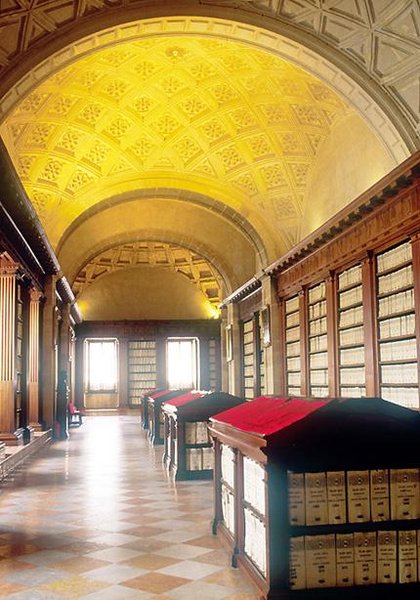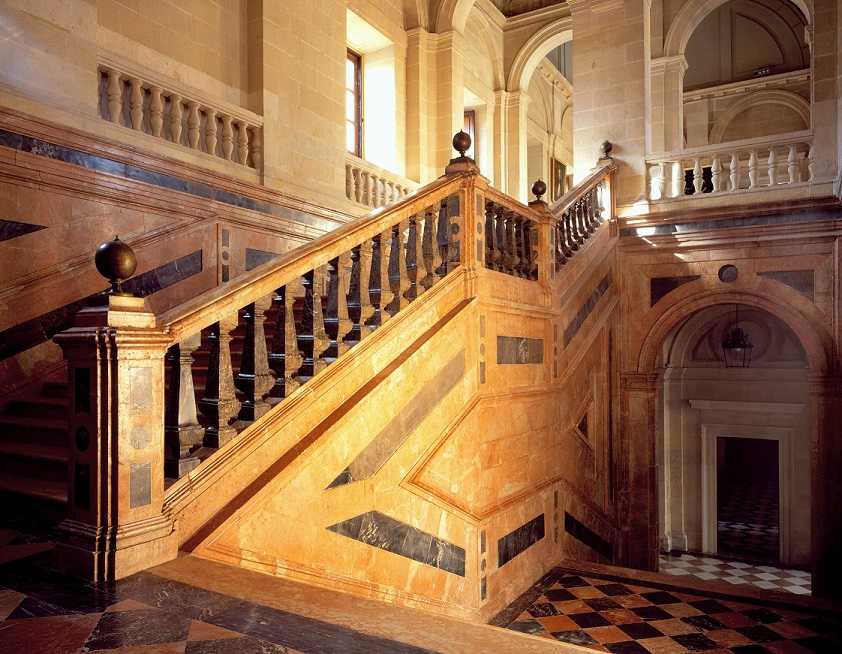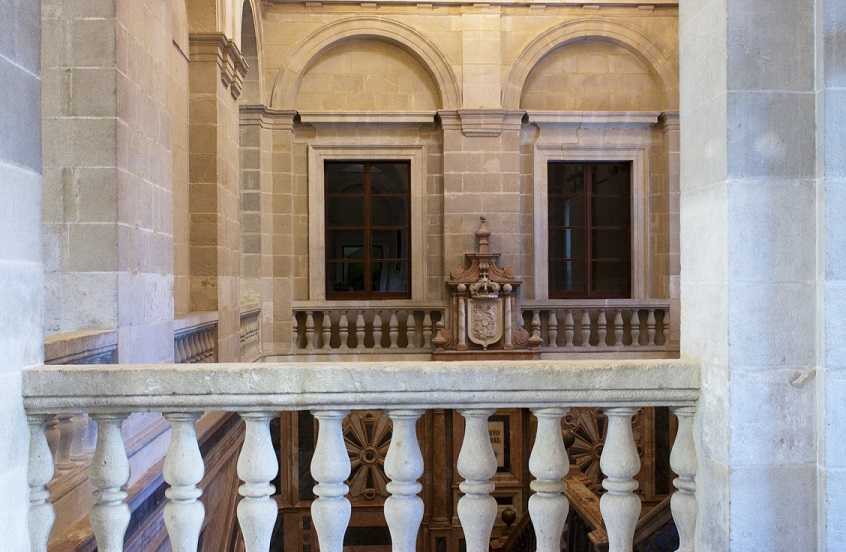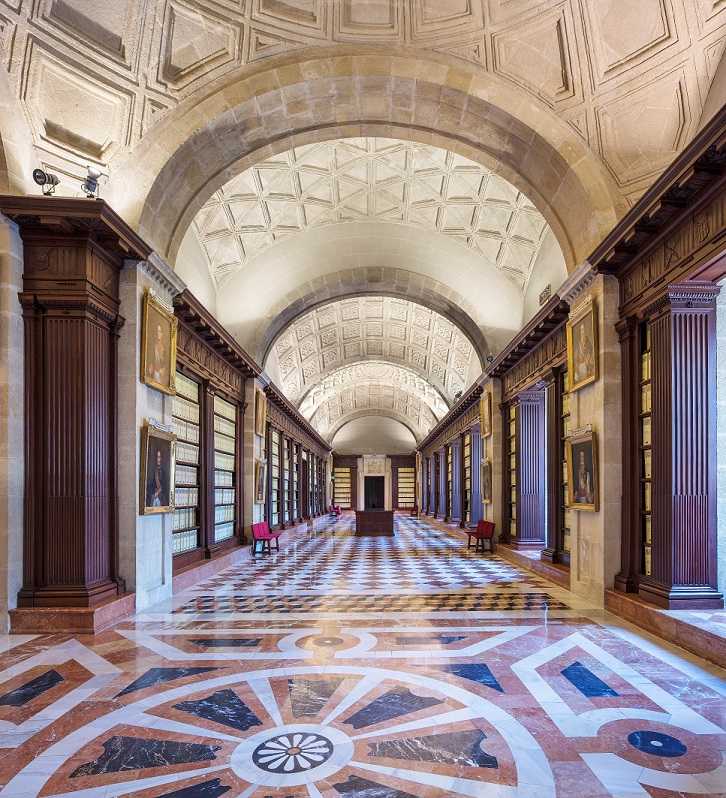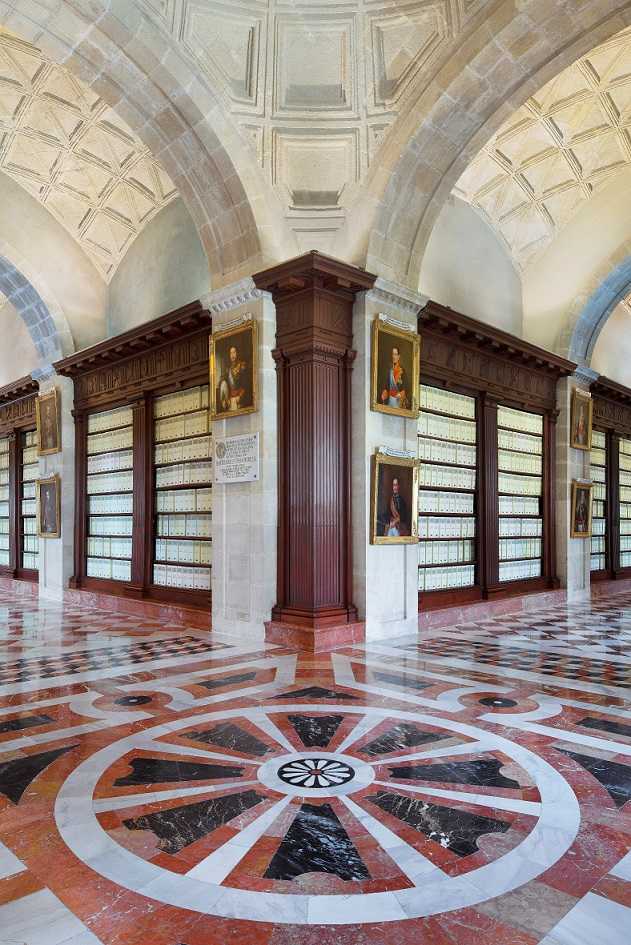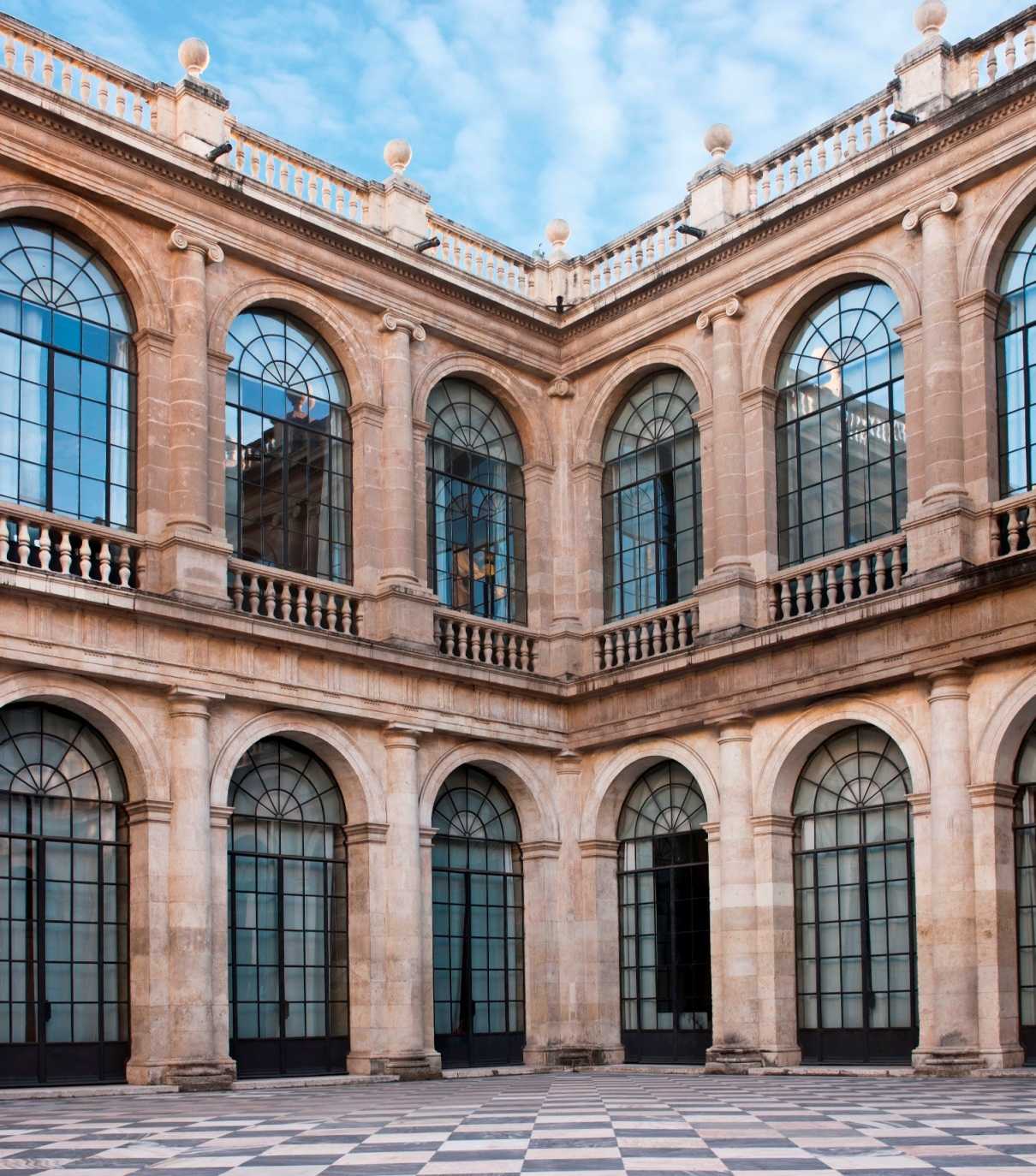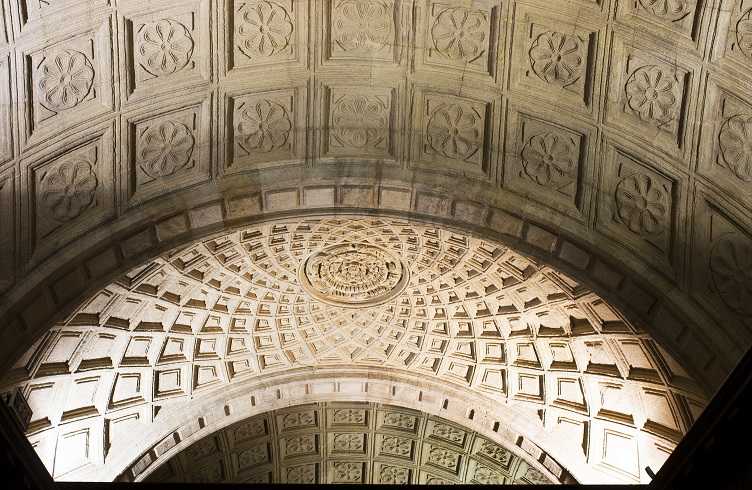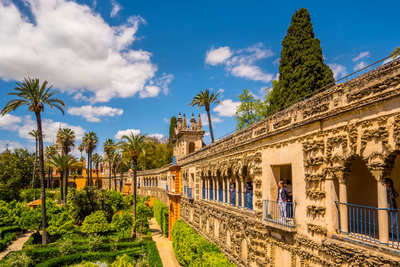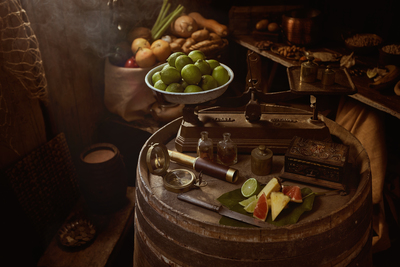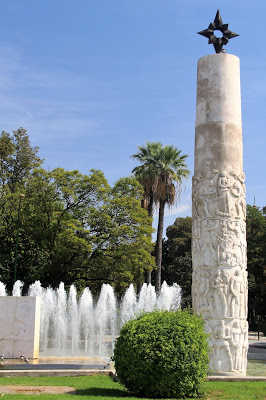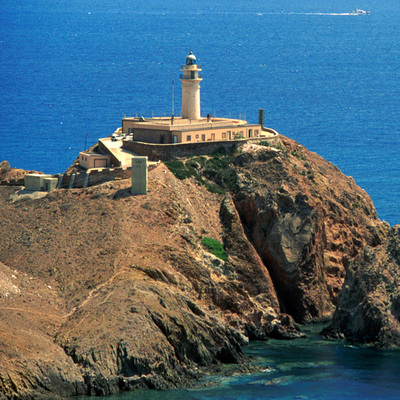General Archive of the Indies
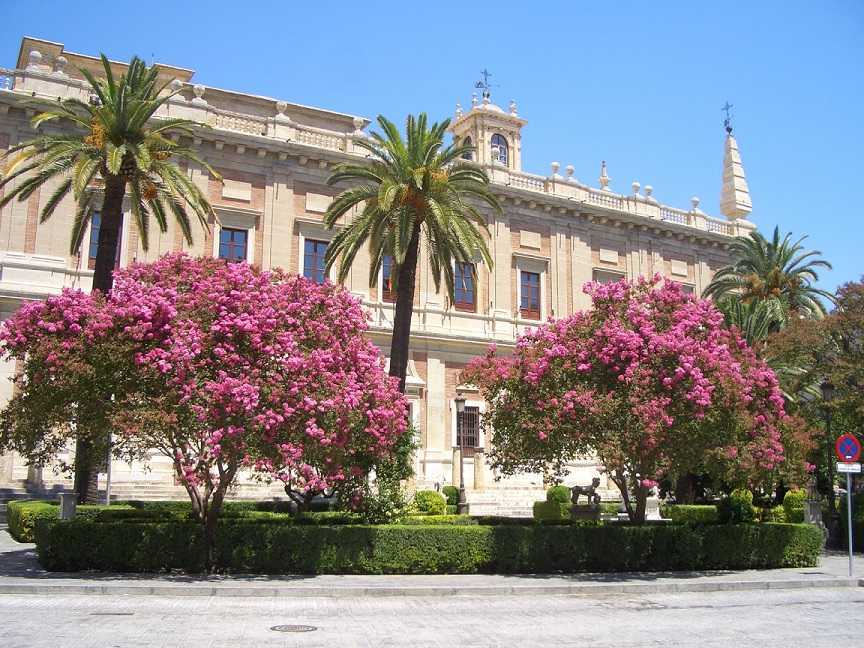
Located in Seville and built during the reign of Philip II, the building which houses the General Archive of the Indies was designed by Juan de Herrera to be used as the Lonja de Mercaderes. It was completed in 1646, under the direction of several prestigious architects such as Juan de Minjares, Alonso de Vandelvira and Miguel de Zumárraga, who altered some of the original ideas for the project by introducing innovative elements in its construction, like vaulting the upper floor in order to alleviate the common problem presented by the ironwork for a gabled roof which was much heavier and presented a greater risk of fire.
Carlos III, through the architect Luca Cintora, converted the building into the General Archive of the Indies and thus provided a central location for all the documents relating to Spanish overseas possessions between the 15th and 19th centuries.
The floor plan is square, 56 metres each side, with two storeys over a market place surrounded by columns with chains. The Archive building is basically a central patio surrounded by two quadrangular naves, one interior and the other exterior. The whole building is made of stone, with two vaulted floors connected by a monumental staircase.
The General Archive of the Indies is one of the most important document centres that exist with regard to the discovery and the conquest of New World.
From 01-10-2024
Monday
Closed
Tuesday
09:30 - 16:30
Wednesday
09:30 - 16:30
Thursday
09:30 - 16:30
Friday
09:30 - 16:30
Saturday
09:30 - 16:30
Sunday
10:00 - 13:30
Public holidays
10:00 - 13:30
Comments: Group visits by appointment
Free admission. Groups: previous appointment
The General Archive of the Indies preserves the document which Christopher Columbus consulted and annotated which came from the Perpetual Almanac of Abraham Zacuto and which enabled the calculation of latitude. Abraham Zacuto was one of the most influential scientists, responsible for improving the astrolabe and publishing the Perpetual Almanac used by sailors in the 15th century. He made the results of his research available to Christopher Columbus and personally helped him. You'll also find the accounts books belonging to the convert, Luis de Santángel, who was a decided defender of Columbus' voyage and who financed it in part.
Make your reservation
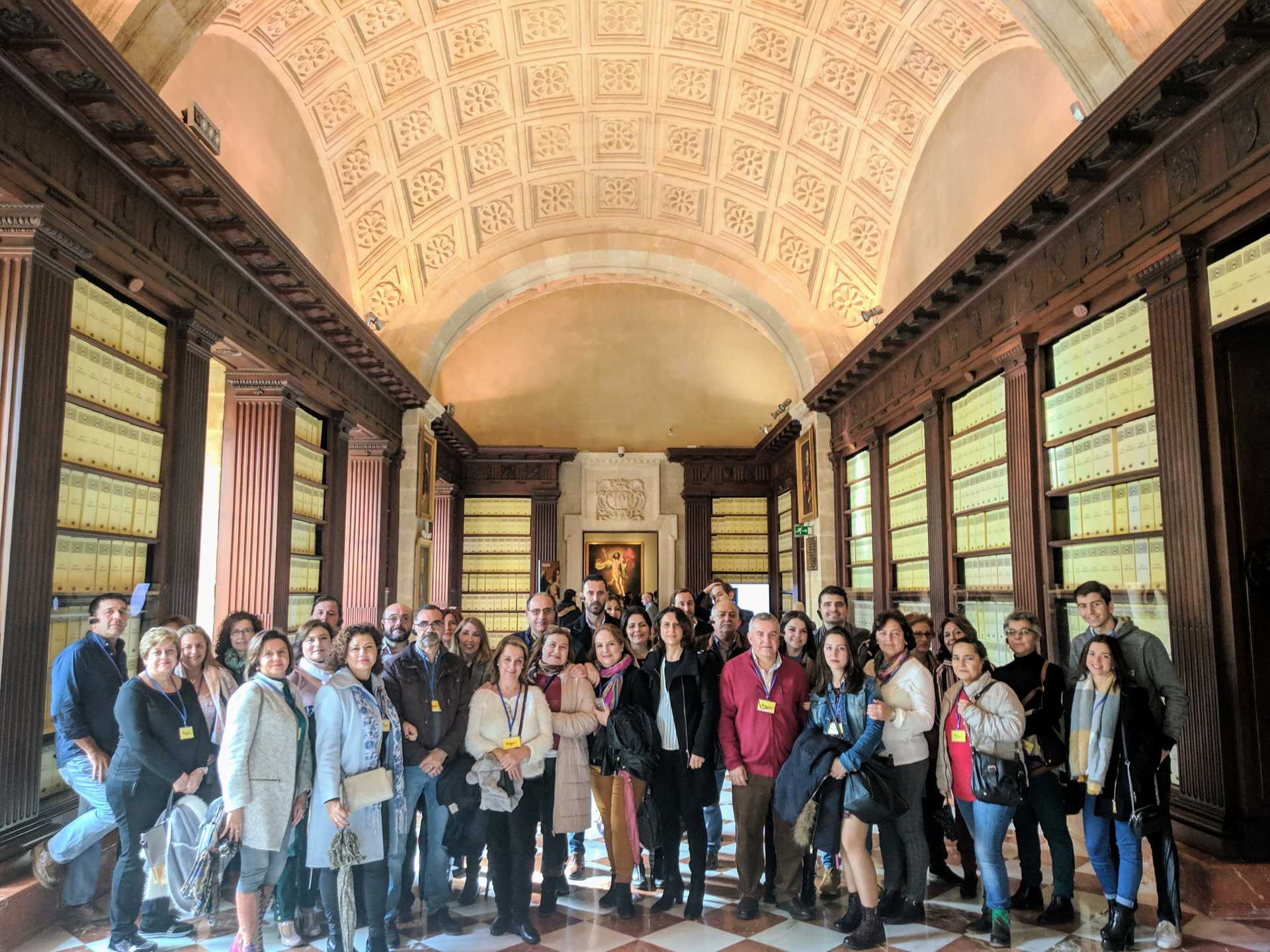
Ideas for your trip
Services and infrastructure
Target audiences
Segments
Specialties
Quality brands
Season
Duration
Open to visitors
You may be interested
